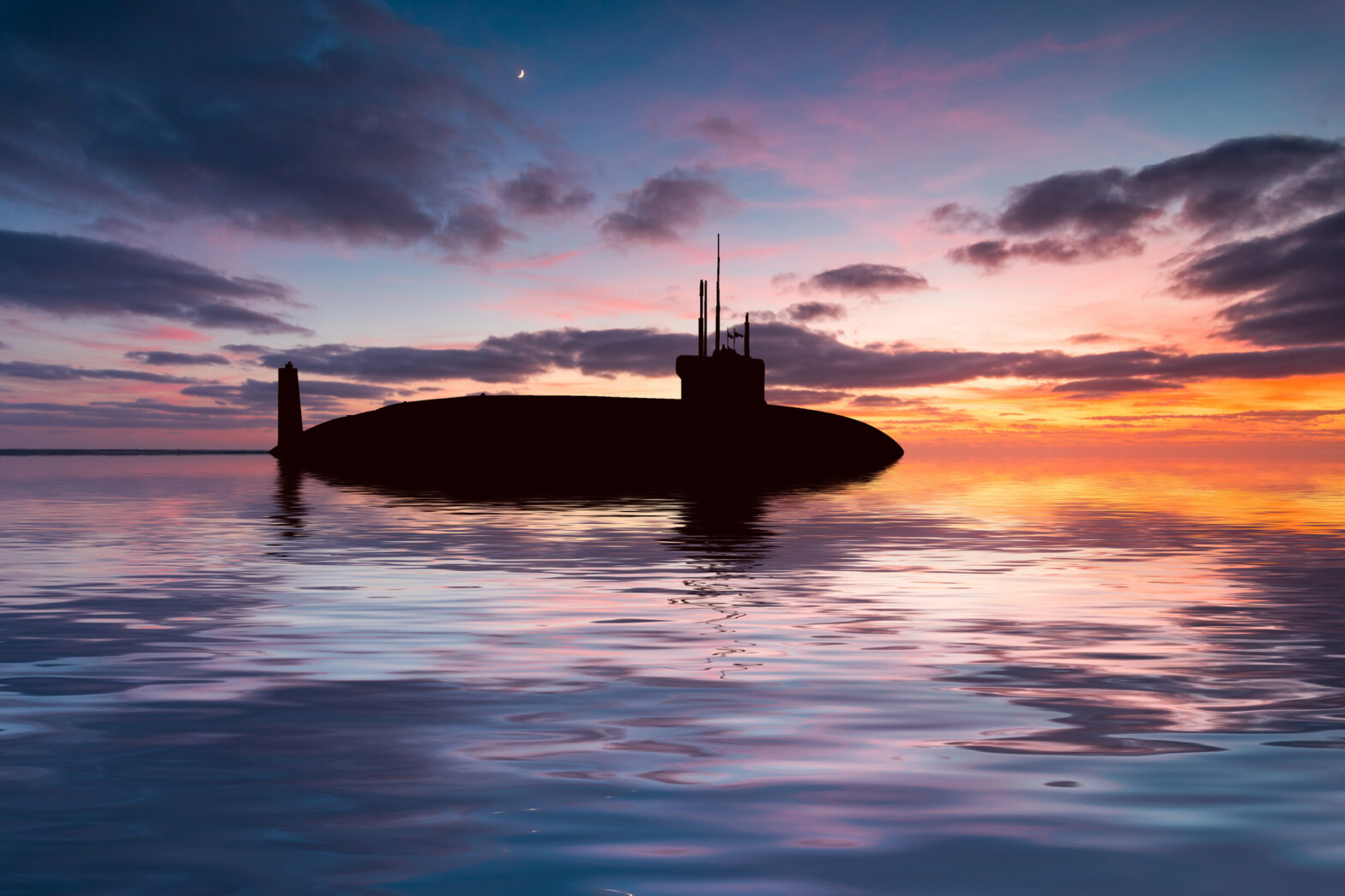Almost a week since the “Titan” submersible disappeared last Sunday, the story has come to a tragic end. According to US Coast Guard Rear Admiral John Mauger, the vessel suffered a catastrophic implosion, killing all five people on board.
The dead include Stockton Rush, who was the CEO of OceanGate Expeditions, Hamish Harding, Paul-Henri Nargeolet, Shahzada Dawood, and his son Suleman Dawood, the youngest on board.
They paid $250,000 each to explore the barnacle-covered Titanic, which sits 13,000 feet below sea level.
CNN reported that a remotely operated vehicle found the tail cone of the submersible and other debris. They were around 1,600 feet from the bow of the shipwreck.
The debris, Mauger explained, “was consistent with the catastrophic loss of the pressure chamber and, in turn an implosion.”
A Race Against The Clock
When Titan went missing, The United States, Canada and France aided in the search.
With each passing minute, oxygen depletion was the chief concern. However, it’s possible those on board died the same day the vessel went under.
The US Navy detected “a sound consistent with an implosion shortly after the submersible lost communications.”
James Cameron, director of the 1997 Titanic film, said he could only come to one conclusion when Titan disappeared.
“The only scenario I could come up with that could account for that was an implosion,” he said. “I watched over the ensuing days the whole sort of everybody-running-around-with-their-hair-on-fire search, knowing full well that it was futile. I hoped against hope that I was wrong- but knew in my bones that I wasn’t.”
Cameron, who has seen the Titanic shipwreck 33 times, criticized the submersible’s design. He was specifically referring to the carbon-fiber hull. This, he argued, “should have been made from steel, ceramic, titanium or another contiguous material.”
Red Flags Were Raised About Titan Before
David Lochridge, who worked at OceanGate as an engineer and submarine pilot, was fired after criticizing Titan’s design.
The vessel had a very tight, almost claustrophobic structure. It had one toilet, no seats, and the five passengers had to remain crossed-legged on the floor. CNN added, “there were no windows except for the porthole where the passengers could view the scene.”
Gabe Cohen, who sat in Titan himself in 2018, said the tool used to operate it “looked like a PlayStation controller.”
The vessel communicated with the Polar Prince, its mother ship, through text message. The last message went out at around 11:47 a.m, nearly two hours into the dive.
The parallels between Titan and the Titanic are eerie. Legitimate concerns were ignored by those who should have heeded them; resulting in senseless loss of life.
In an interview last year, Stockton Rush said, “at some point, safety is just pure waste. I mean, if you want to be safe, don’t get out of bed. Don’t get in your car. Don’t do anything.”
The captain of the Titanic, Edward J. Smith, disregarded at least five iceberg warnings, and kept the ship going at full speed. By the time he spotted the iceberg, a collision was unavoidable.
The Sinking Of The Titanic: One Of The Worst Recorded Maritime Disasters
A somewhat macabre fascination with the Titanic endures to this day. It has inspired countless documentaries, movies and books.
In April 1912, the ship departed Southampton, England, and was on its way to New York. It was the envy of its era and was dubbed “the unsinkable.”
Hours after an iceberg ripped into the hull, over 1,500 people lost their lives in the frigid Atlantic.





